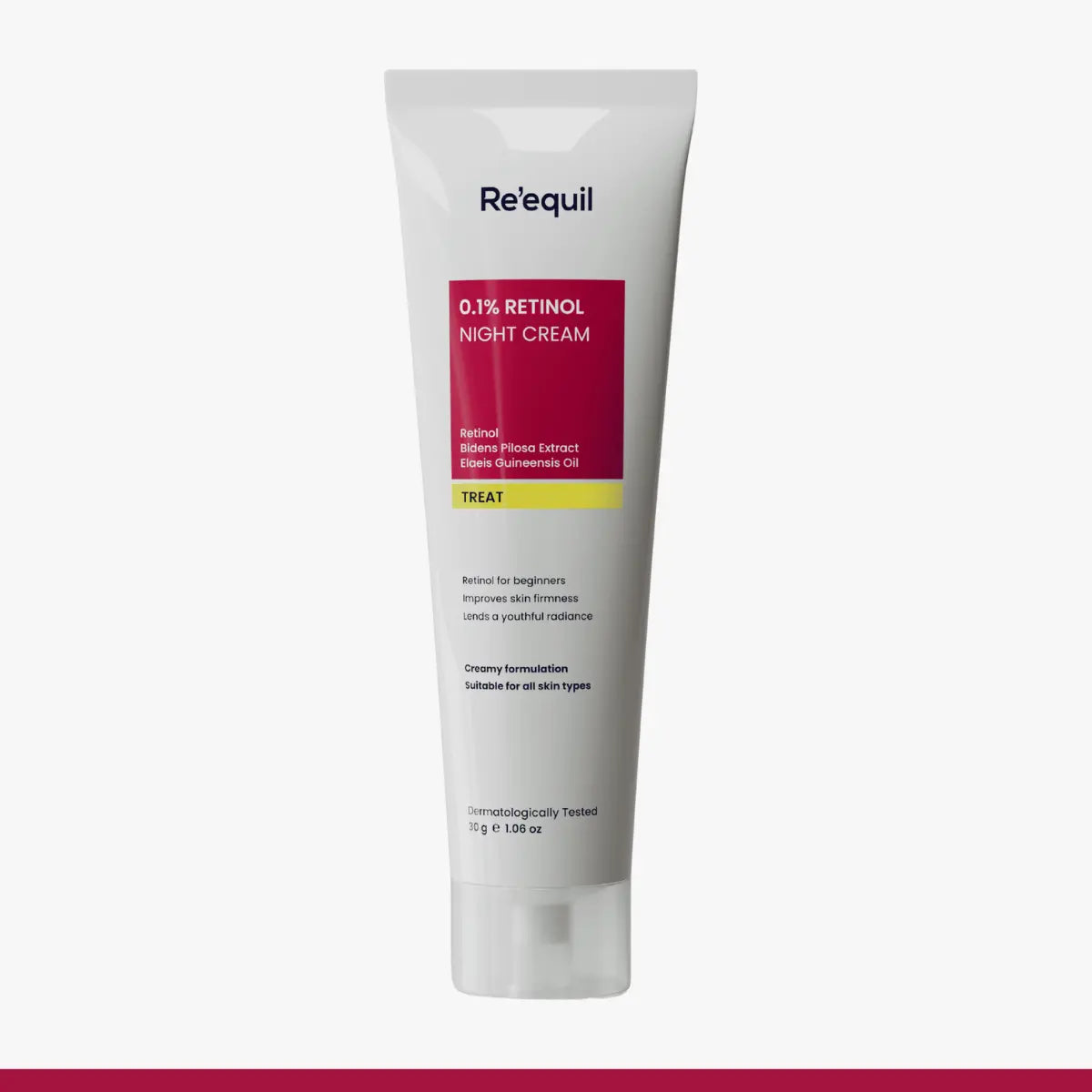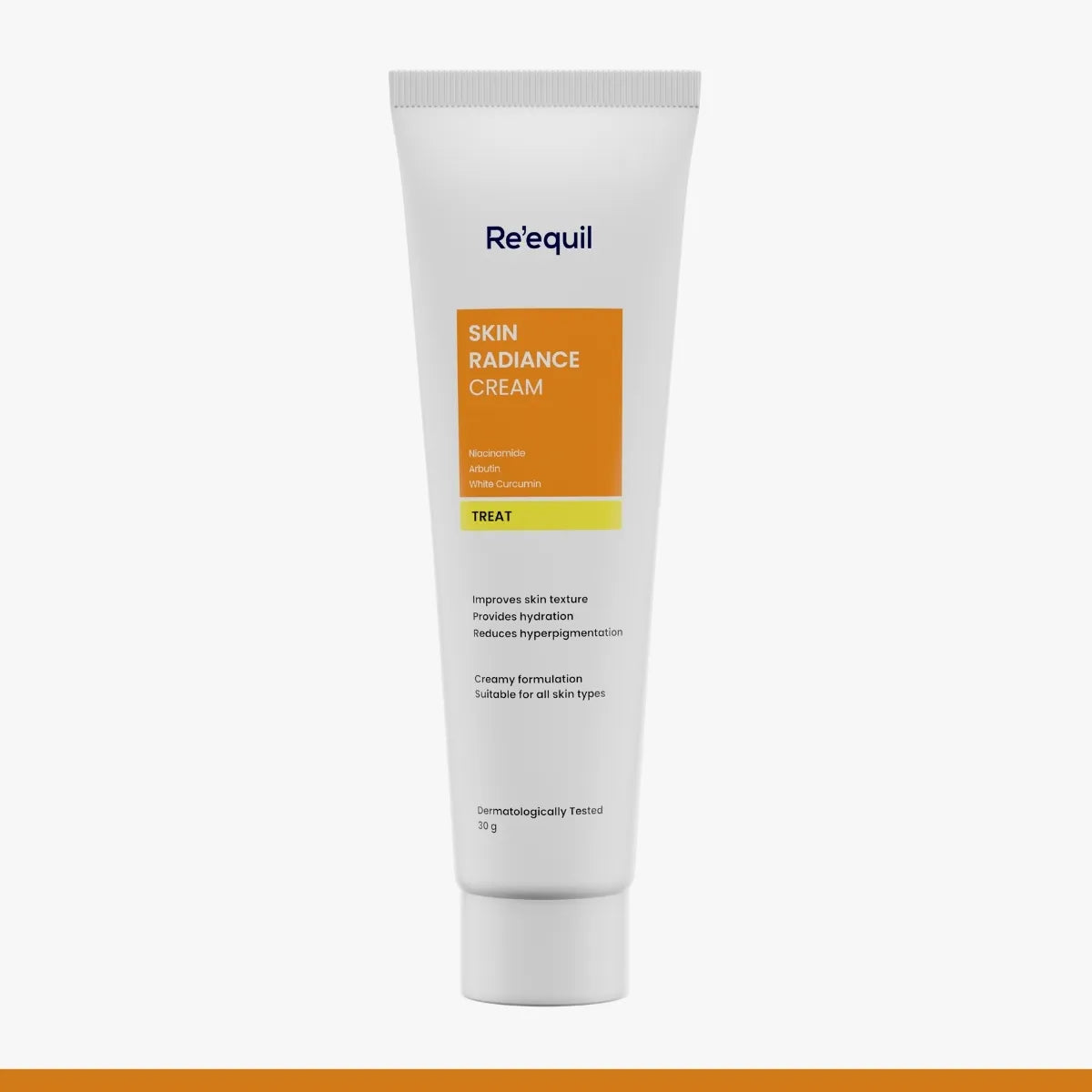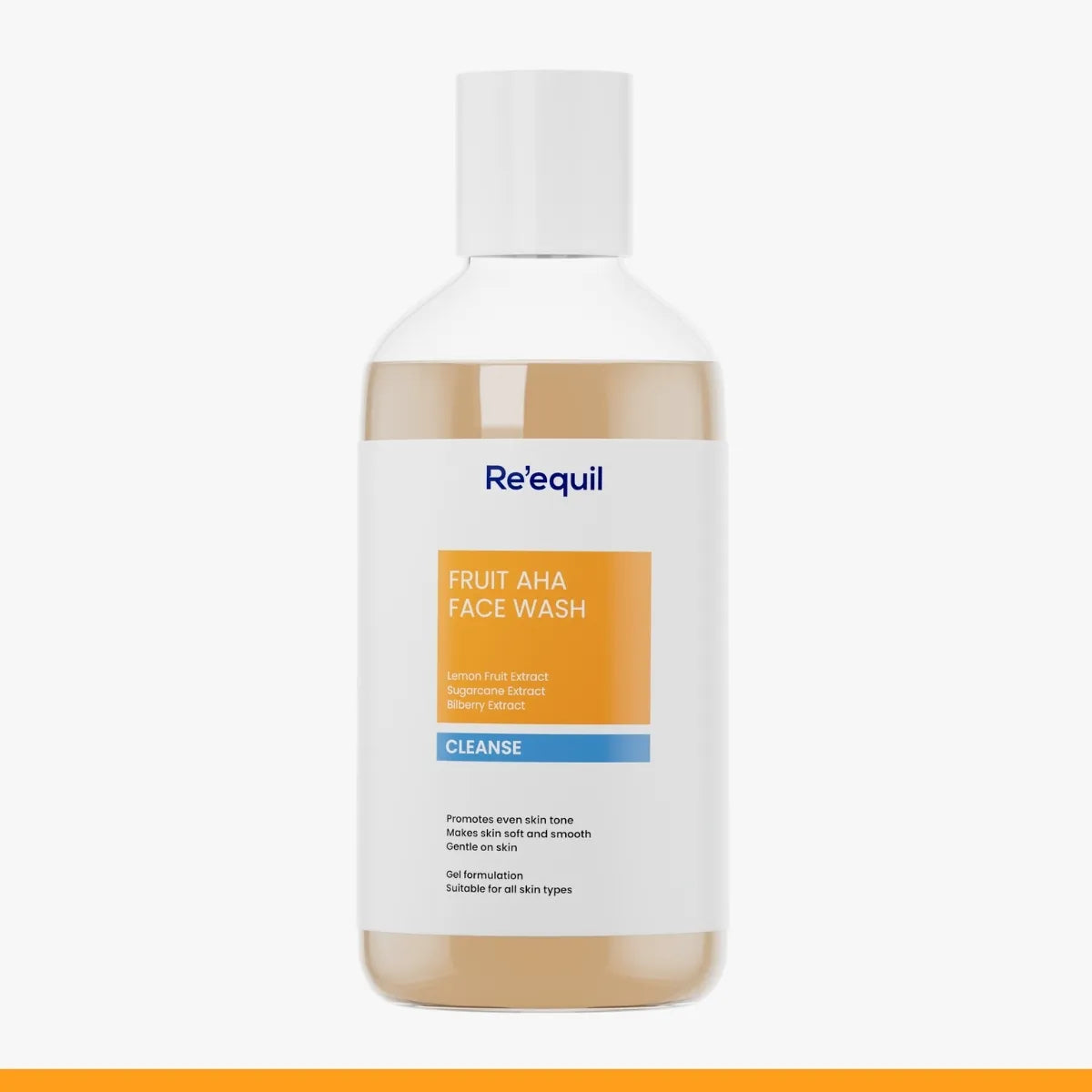Who doesn’t love curls? Here’s what every girl’s story looks like - “I wish I had curly hair.” Curls are unpredictable, and a lot goes behind the scene for having a good curly hair day. But the right ingredients in your curly hair care routine will set things right. Now style them every day the way you want without worrying about frizz and dryness. The first step to taming and managing curly hair better is to know which curly hair type your hair belongs to. We have inline types of curly hair and know how to manage curly hair in three easy steps.
Types of curly hair

1. Wavy (2a, 2b, 2c)
Type 2 hair is classified as wavy hair. Most of you confuse wavy hair with curly hair. Unlike straight hair, type 2 texture hair is thicker, less shiny, and more susceptible to frizz. Based on the shape of your waves, this hair type is further divided into 3 subcategories -
-
Type 2A
Hair is fine and thin with a loose S pattern. The biggest advantage of type 2A wavy hair is that you can easily try many cute hairstyles without spending hours.
-
Type 2B
Your hair is straight at the roots but gets wavier and more defined S-shaped from mid-length to bottom. Such hair is more prone to frizz and tough to style.
-
Type 2C
Waves start at the roots of the hair and are more prominent than type 2a and type 2b. Roughness, dryness, and tangles get real because of the thick and coarse texture of hair,
2. Curly (3a, 3b, 3c)
Type 3 hair is defined as curly hair. Hair appears as spring curls, ringlets, and tight spirals. Curls of your hair go straight when you wash your head and turn back curly when dry. It is further divided into 3 subtypes –
-
Type 3A
Hair follows a loosened S-shaped pattern. It is considered the most silk and shiny type of hair among all curly hair types. However, the con of such hair is that they are easily affected by dryness and humid weather conditions.
-
Type 3B
Hair has a coarse texture and curls are tighter than type 3A. Curls are voluminous but lack shine. Such hair also faces the issues of frizziness and dryness.
-
Type 3C
Corkscrew or ringlet curls define this hair type. These tightly packed curls have a circumference of a pencil or a straw.
3. Coily (4a,4b, 4c)
This hair type is also known as kinky hair. The fine and coarse texture of hair makes them more fragile and damage-prone. Such hair experiences the most shrinkage due to their tightly packed curls, it is further divided into 3 subtypes –
-
Type 4A
People with such hair have S patterned coils. Hair is soft in texture with well-defined kinks. Type 4A is prone to breakage and dryness because of the presence of a few cuticle layers.
-
Type 4B
Kinks are Z-shaped with a fluffy cotton-like appearance. In comparison to Type 4A, curls are less defined and more prone to breakage.
-
Type 4C
This hair has the tightest curls and shrinks up to 70-75% of its length. These densely packed hair require extra moisture to save from the risk of dehydration.
Easy 3 Step Hair Care Routine For Curly Hair
1. Wash your hair with a sulphate free shampoo
For enhanced hair texture the first step is to wash your hair with a sulphate free shampoo. Sulphates are aggressive detergents and might strip off essential oils and moisture from your hair. For curly hair, it might affect even more because curly hair tends to be more porous than straight hair. Rinsing out all shampoo traces becomes impossible and it further causes frizz. Sulphate free shampoos boost hydration.
Benefits of using sulphate free shampoo
-
Tear-free
-
Reduces irritation
-
Gentle on your hair
-
Safe for environment
-
Retains moisture and repairs hair
2. Consider your “hair porosity” before buying a hair conditioner
Knowing your porosity is important because it allows you to treat and manage your hair most effectively with the right routine Secondly, knowing how to select products based on your hair porosity will save you time, money, and extra effort.
Before you follow up your shampoo with a conditioner, know your hair porosity.
How to choose conditioner for curly hair?
The right conditioner with the right ingredients will help repair damaged hair faster. Choosing conditioner according to hair porosity is the key to flaunting your shiny locks.
-
Protein free conditioner for low porosity hair
For low porosity hair opt for a protein-free hair hydrating conditioner. Reason - Low porosity hair isn’t able to sustain moisture because cuticles are tightly packed and hair is already rich in protein. To manage curly hair look up a conditioner that contains ingredients like babassu, erythritol, jojoba, avocado etc. They keep the moisture intact and repair frizz faster.
-
Protein rich conditioner for high porosity hair
High porosity hair has loosely packed cuticles, adding protein will make your hair thicker, and shiny and improve the elasticity of your hair. Hence look up a conditioner rich in protein with murumuru ingredient. It has the ability to repair hair effectively. Protein rich conditioners control breakage and provide intense nourishment and strength to strands.
Is co-washing good for curly hair?
Co-washing is conditioner only washing meaning not washing your hair with shampoo but directly washing your hair with a conditioner. For obvious reasons, it has its own perks.
It helps in obtaining better hydration leading to improved curl definition and more shine. In addition, it puts a stop to dry and frizzy curls. It nourishes the hair from tip to root and maintains scalp health too.
3. Use a hair mask for deep conditioning
The benefits of hair masks are huge. Due to their intense nourishing quality, reduce frizziness, and add extra shine to your hair. Choose a pea protein hair mask for high porosity hair since rich protein content is good for high porosity hair. If high porosity hair, go for a protein-free hair mask. Using a hair mask once or twice a week gives visible results and repairs hair effectively.
The task of caring for curly hair seems a bit daunting. However, curly hairs are known to be more prone to dryness, dullness, and damage. Your little ignorance can cause unexpected damage to your beautiful and unique curly hair. When it comes to hair care, a number of factors are considered important like your eating habits, stress levels, hair care products, and daily activities. However, knowing your hair type and offering the right care is still the first and foremost step to attaining healthy and beautiful hair.
Takeaway
Curly hair requires special attention. For maintaining and managing curly hair health, having a hair care routine is necessary. In addition, while buying hair care products for curly hair choose ingredients like babassu, pea protein, and murumuru that balance moisture levels, boost strand strength, and control frizz.





